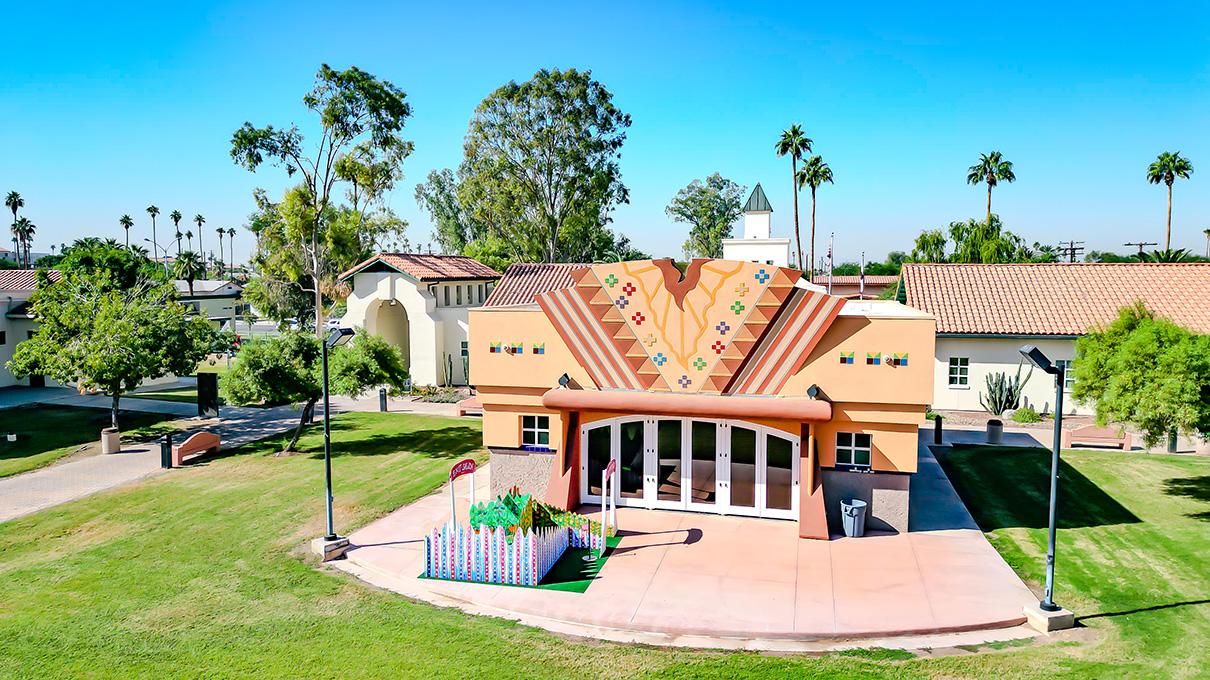Tracking COVID-19 with Big Data, GIS and Social Media
The new Research HUB housed at SDSU is providing crucial resources for the public.

A new hub of research information to assist in monitoring and visualizing outbreak patterns of the coronavirus (COVID-19) in San Diego County is now housed in one location: the Research HUB for COVID-19.
Ming-Hsiang Tsou, director of The Center for Human Dynamics in the Mobile Age (HDMA) at San Diego State University, and his team developed the hub to serve as a single source of information given the large amount of COVID-19-related data available.
“As a cartographer and a data scientist, I want to emphasize that data visualization is a very powerful tool to help us make timely decisions,” Tsou said. “These web apps can help San Diegans get a clear picture about the challenges and problems we are facing now in our local communities. It will also reduce the spread of incorrect information in San Diego regions.”
The Research HUB offers six areas of collected data, including vulnerability maps and San Diego ZIP code maps. It also includes timelines about major policies and events for 16 major cities. Webinars, videos and slides which utilize national research data along with SMART dashboards that use social media and keywords to monitor real-time information are included in the Research HUB.
The web portal was established in collaboration with faculty, staff, and students at SDSU, along with other San Diego partners, including the County of San Diego Health and Human Services Agency (HHSA), the Epidemiology and Immunization Units, and University of California San Diego Emergency Medicine staff. International collaborators hail from Italy, Spain, Australia, and the United Kingdom.
The HDMA group applied both data science tools (visual analytics) and data visualization methods (maps) to enable the dashboard visualizations.
“The Research HUB will provide the scientific community with the necessary tools to scale up and examine impact across time and space and could be instrumental to national and international stakeholders for public health response planning,” Tsou said.
The “Vulnerability Map,” created by third-year geography/GIS student Jessica Embury, visualizes and maps diabetes-related emergency department discharge information by age and location in San Diego County with data provided by HHSA.
It offers insight into how diabetes and related emergency department discharges vary. “This data can be compared to many things, such as COVID-19 cases, to see if there is a relationship,” Embury said.
It is the first in a forthcoming series of tools to analyze vulnerable populations within San Diego County Embury hopes the work will aid other researchers in responding to the COVID-19 pandemic. Additional dashboards for other chronic medical conditions, such as heart disease and hypertension appear on the site as well.
“Although my work focuses on medical vulnerability, I am collaborating with other students that are examining vulnerability from other angles, such as homelessness and prison populations,” Embury said. “There is a lot of exciting work being done by HDMA members which is contributing to the COVID-19 response in a meaningful way.”
A ZIP Code Map in the Research HUB, updated daily, allows users to see the growth chart of HHSA confirmed cases within communities of San Diego.
Hillcrest is among the areas with a high number of confirmed cases (58) as of April 1, but with slower rates of increase after that date. In Otay Mesa, confirmed cases increased from 23 on April 1 to 306 on April 27.
In other areas of the Research HUB, a collection of maps created by agencies such as California Health and Human Services (CHHS) are relevant to San Diego and provide a sharable data repository of mapping sources for researchers.
“We hope this research hub can provide valuable information and research tools to the public and our research community in order to track and analyze COVID-19 outbreaks more effectively,” Tsou said.


